How to Choose the Right Sunglasses? » Expat Guide Turkey
In these summer days we can say that the eyes are prone to sun rays and infections. On the other hand, it is possible to protect eye health in summer with simple measures such as wearing sunglasses. We explain in seven points what should be considered when choosing sunglasses. We will also address some common misconceptions.
Glasses should block UV rays
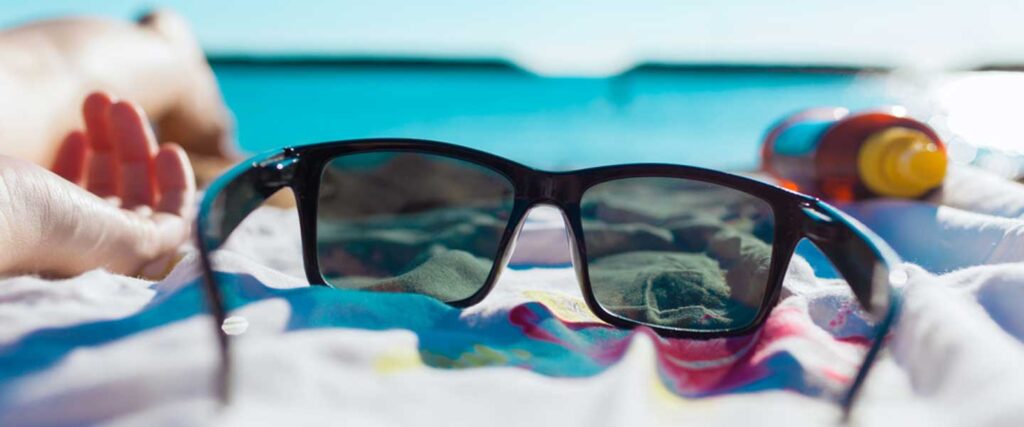
The sun’s rays emit ultraviolet (UV) radiation at levels that the human eye cannot see or feel. Sunglasses that allow us to protect our eyes from the sun should have a protective function against UV rays and be suitable for our eyes. When it comes to quality sunglasses, the primary concern is whether the color of the lens blocks ultraviolet (UV) light, rather than its dark or light color. Sunglasses must be certified to block UV or ultraviolet rays. Normally, each lens is capable of blocking UV radiation at different rates, but special coatings must be used for effective UV blocking. The light-blocking power of sunglasses is indicated by terms such as UV200, UV400, and UV600. Sunglasses with at least UV400 protection should be used, especially at the seaside and when skiing.
Must have a CE (Conformité Européene) certificate
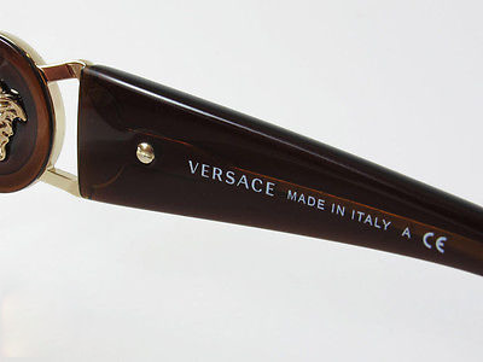
When you wear the glasses, you shouldn’t see blurry and details shouldn’t be lost. Quality sunglasses should have a reliable registration certificate. Since 1995 you can find the inscription CE (Conformité Européene) on quality glasses according to EU standards. The CE certificate states that the product meets the minimum safety requirements. When buying glasses, you should pay attention to whether the lenses are spotted or mica and whether there are scratches, bubbles and bulges on the glass.
Glasses should focus on a vertical line
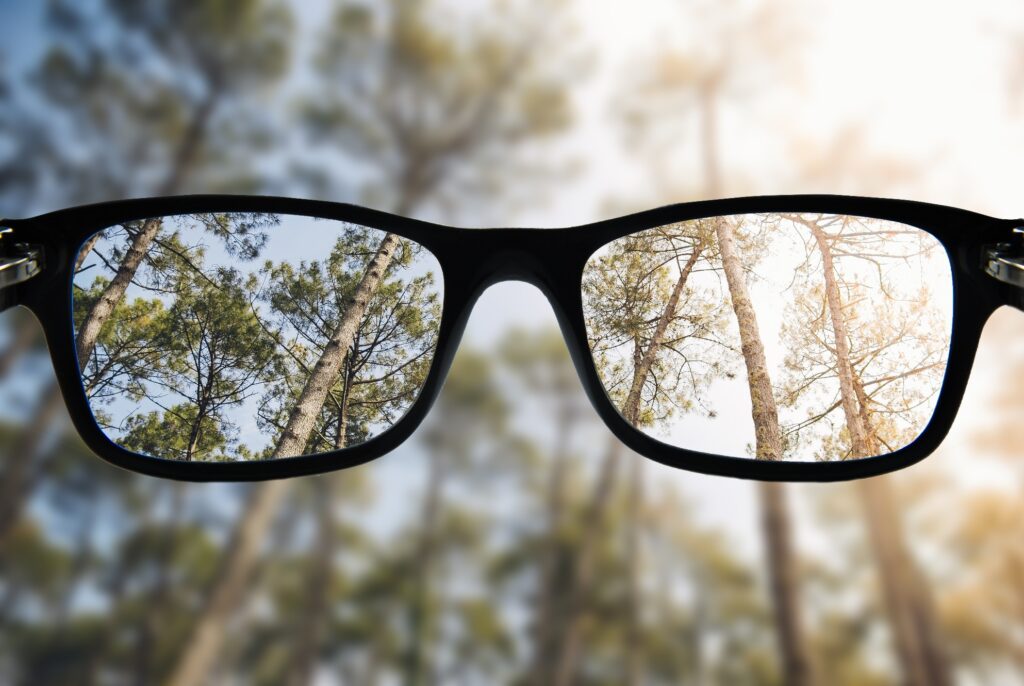
Another way to understand quality is to focus on a vertical line after wearing the glasses. In this case, if you move an unnumbered pair of sunglasses, the image will not move. If we move the glasses slightly up and down, left and right, if there is play or breakage in this line, these glasses are not suitable.
The light absorption rate should be reasonable
The “light absorption rate” in the instruction manuals expresses how much of the light coming from outside the lens is absorbed, how much it reflects, and how much it transmits. In the city environment, 40-50% absorption is appropriate, 50-70% in mountainous areas with steeper solar radiation, 80-85% absorption on the sea coast and skiing.
Not all expensive glasses mean quality

A quality pair of sunglasses must have a “UV light blocking” feature. Sunglasses without this feature only prevent excess light from passing through, but this blocking does not bring any benefit, on the contrary, it does harm. Because the pupil of the eye does not shrink when colored glass is attached. Harmful UV rays get into the eyes in large quantities. Quality sunglasses must have quality and UV protection certificates.
Mirrored or polarized glasses do not offer any additional protection!
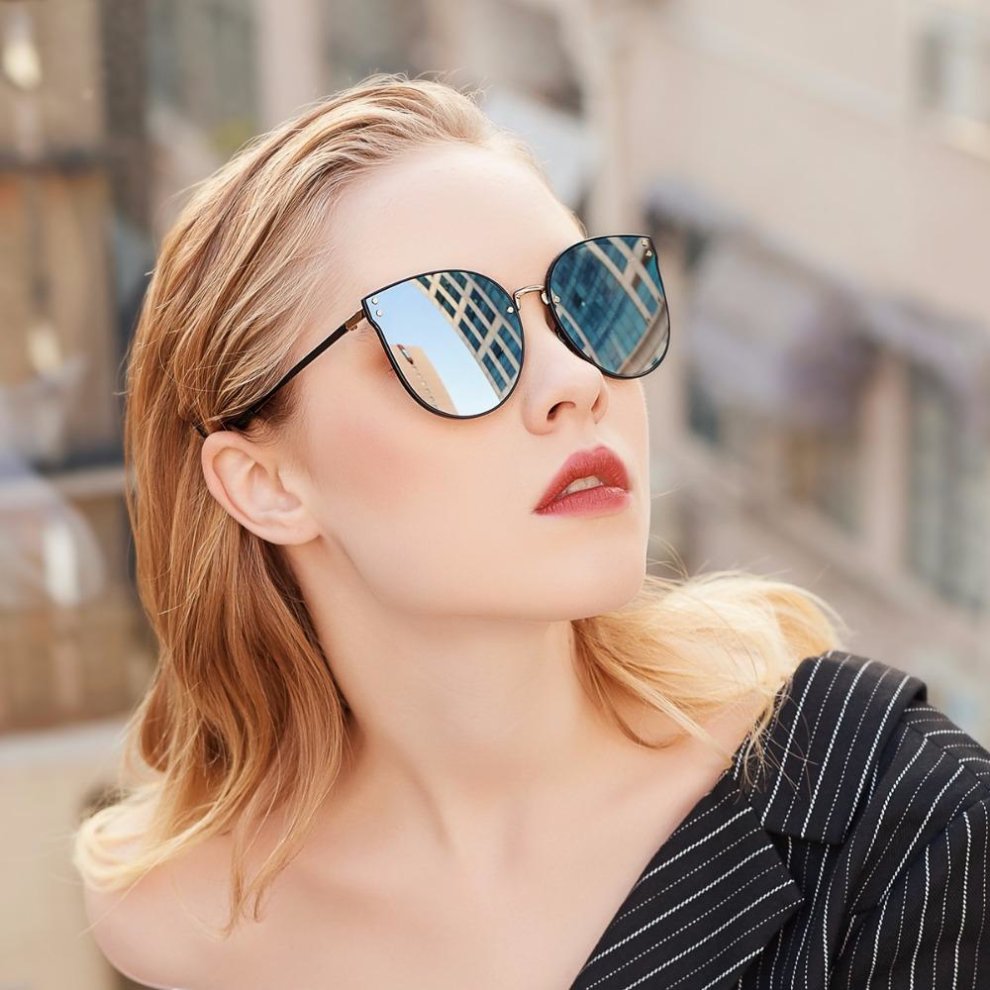
Since mirrored lenses reflect part of the light that falls on the eye, they can be preferred especially at the sea with intense light. Mirrored coatings reduce the amount of light that catches the eye, but doesn’t affect the UV blocking rate. Although the characteristic of polarized lenses is not usually associated with UV blocking, both polarized and effective UV blocking lenses offer safer and better viewing comfort. There is no connection between the lens color and the UV protection inside the lens.
Better not to wear fake sunglasses at all!
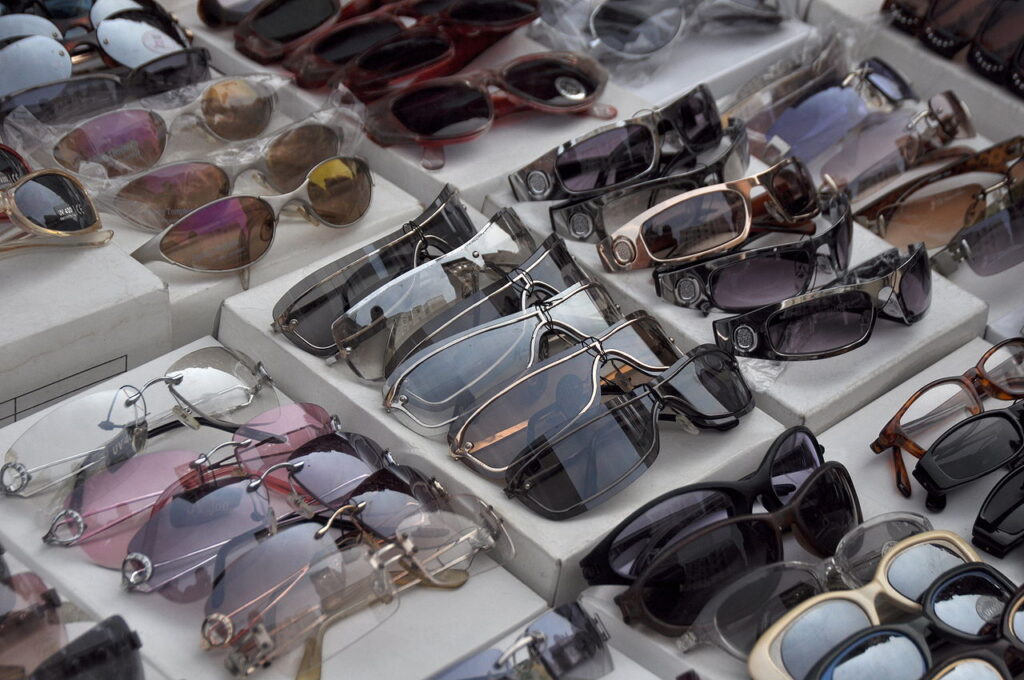
It is better not to wear false glasses at all. Sunglasses that only block visible light but not UV rays impair the pupil’s ability to protect itself. Because the pupil opens well in the dark environment of the sunglasses, invisible UV rays penetrate too much through the open pupil. Therefore, fake sunglasses without a UV filter should not be used.
Properly known bugs
- UV protection is related to the material of manufacture, not the darkness of the glasses. The color ratio provides visual comfort by only reducing light intensity.
- Polarized lenses prevent glare but do not protect against UV light.
- Cleaning the glasses with the ends of the clothes, throwing them casually in the bag or trouser pocket are among the most common mistakes. These defects cause micro-scratches on the glass. These invisible scratches degrade vision over time.
- storing the glasses in the original packaging when not in use; Cleaning should be done with running water, soap or the supplied microfiber cloth.
- Contact lens wearers should wear sunglasses even if their lenses are UV filtered. Sunglasses protect against dry eyes, which contact lens wearers often encounter.
- In environments where the sun is very intense, we need to protect our eyes from the unwanted effects of the sun’s rays with sunglasses and a peaked cap.
You may be interested; What should be considered when choosing a perfume?